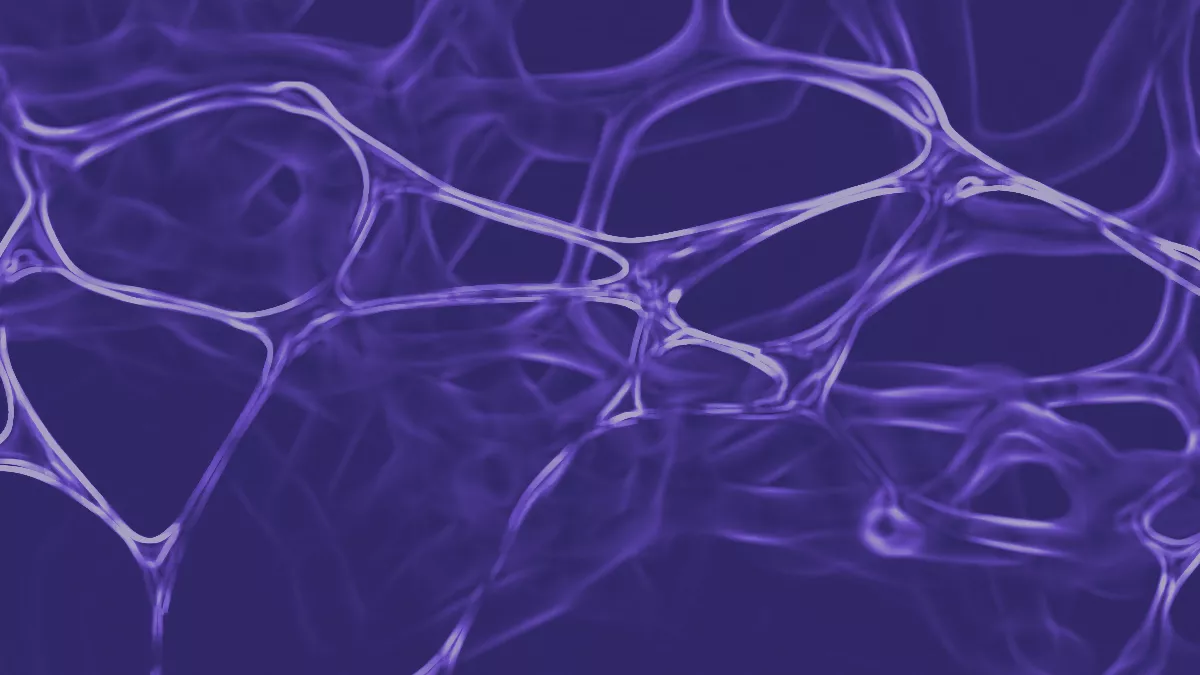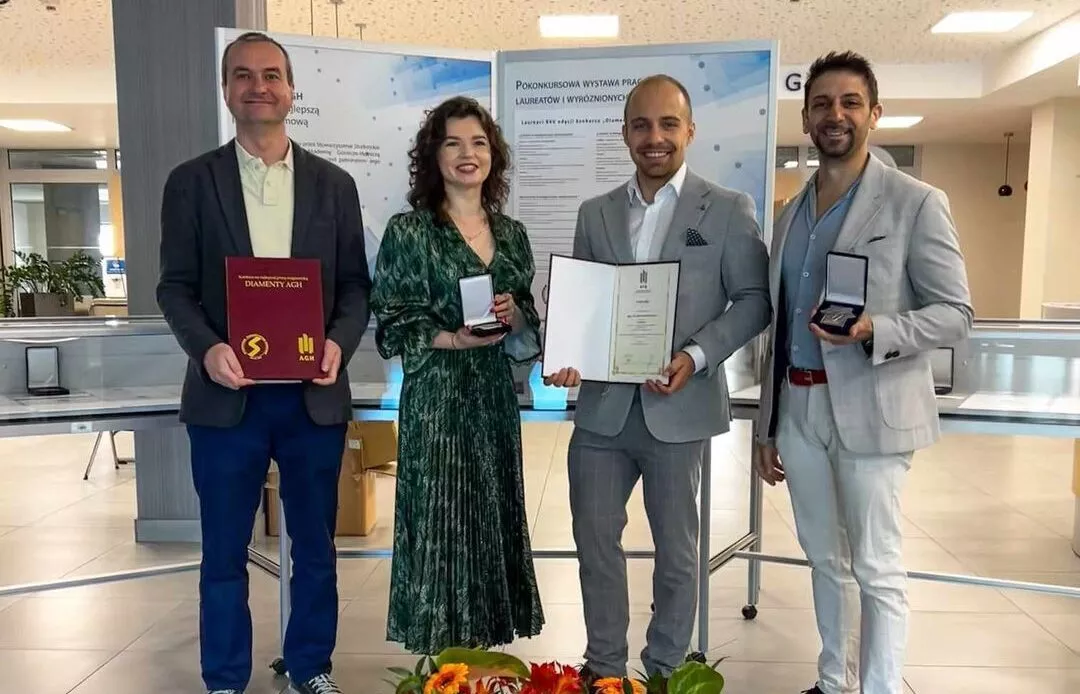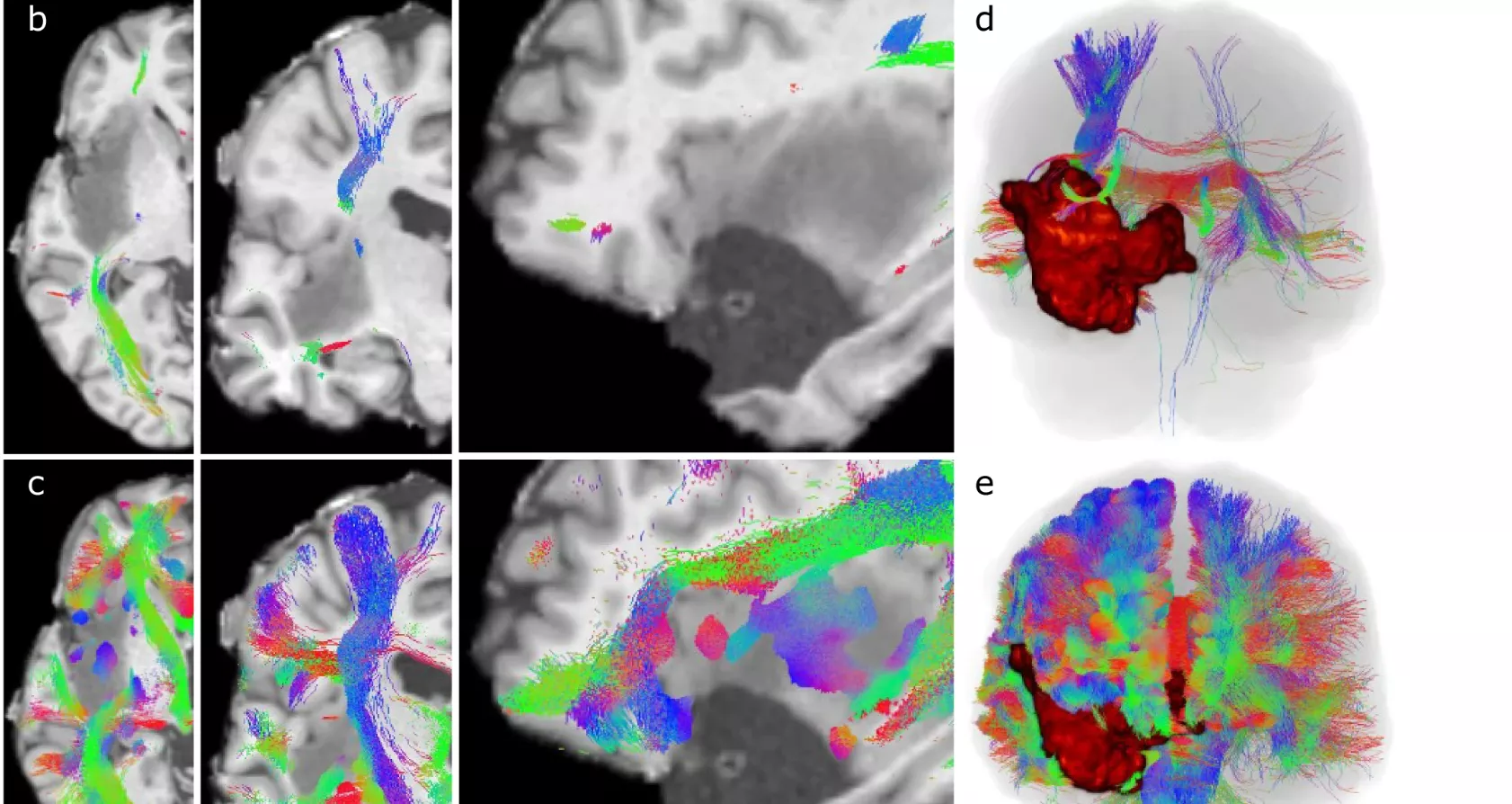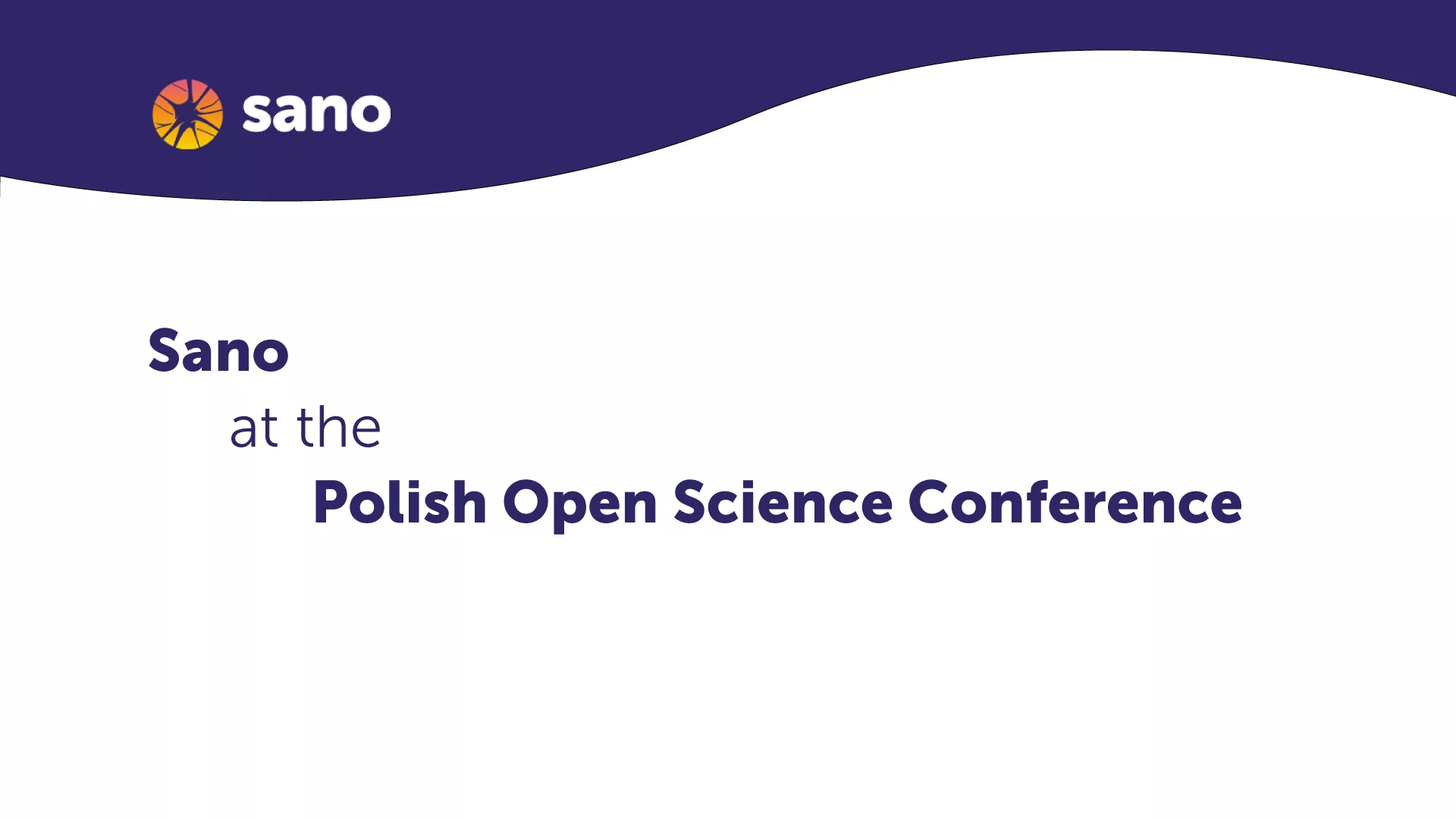
Artificial Intelligence in Positron Emission Tomography
Sano Centre has published a paper Artificial Intelligence in Positron Emission Tomography presenting an industry perspective on this issue. It was written by a team of authors led by Arkadiusz Sitek, Ph.D., Director of Sano Centre.
The recent popularity of artificial intelligence (AI) heralded as a game changing technology has generated high hopes for breakthrough advancements and changes across the entire healthcare industry. The specific area of clinical positron emission tomography (PET) imaging is no exception. AI has significant potential to positively impact and advance medical imaging, including PET imaging applications.
Adoption of AI poses industry-specific challenges which will need to be addressed and overcome to maximize the future potentials of AI in PET. This paper provides an overview of these challenges for the development, standardization, commercialization, and clinical adoption of AI in PET, and explores the potential enhancements to PET imaging brought on by AI. In particular, the combination of on-demand image reconstruction, AI, and custom designed data processing workflows may open new possibilities for innovation which would positively impact the industry and ultimately patients.
The first part of the paper addresses some of the main concerns and obstacles, that the industry has to overcome. This section covers issues like development and clinical evidence, regulatory pathways, return on investment, and understanding AI. The second part of the paper focuses on the future of AI in PET and industry-critical question: How to bring AI into the clinical workflow in an efficient and scalable way. In this part ecosystems for deployment of AI are discussed. Authors emphasize the importance and synergy of such systems with the idea of standardized list mode data.
Overall, new workflows and data ecosystems in radiology provide, in addition to facilitating AI deployment, a tremendous opportunity for the PET community to transform the current PET data processing paradigm.
More information on sciencedirect.com



